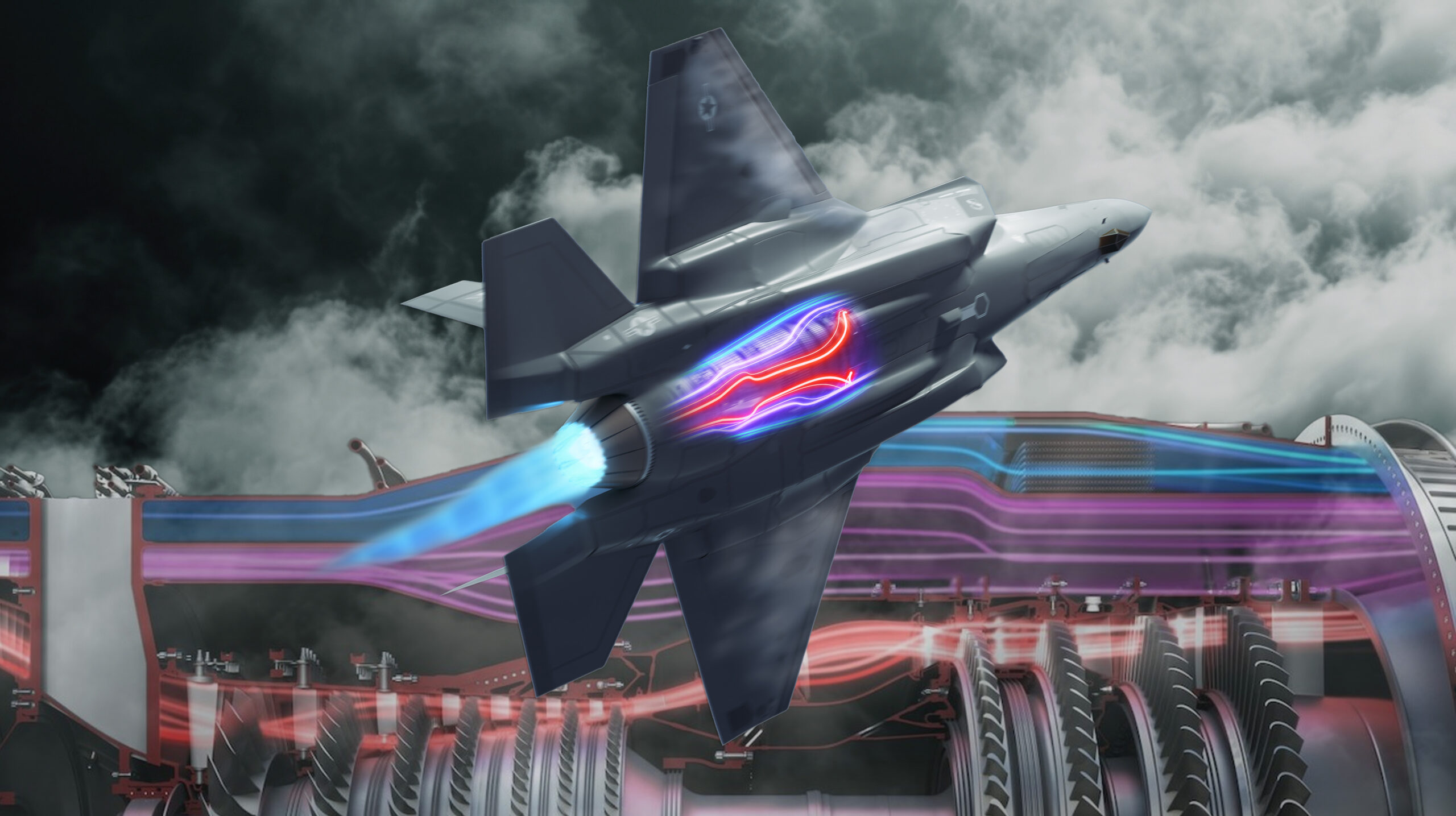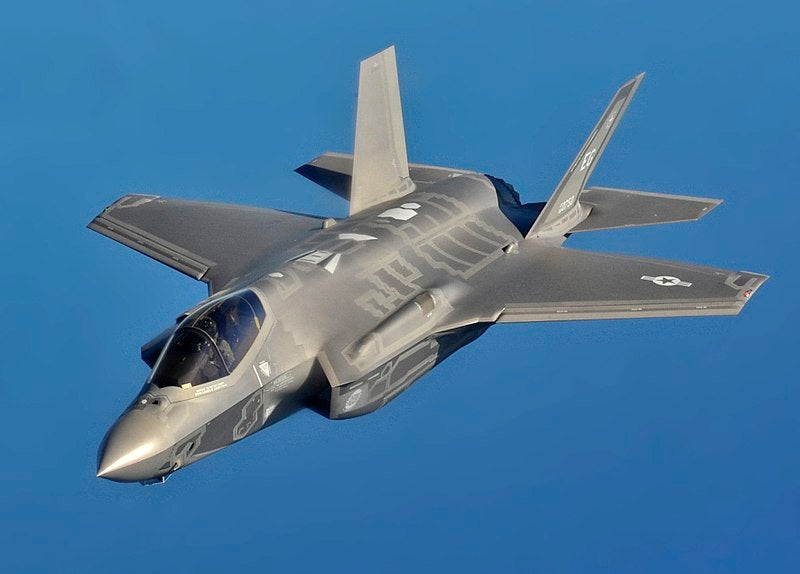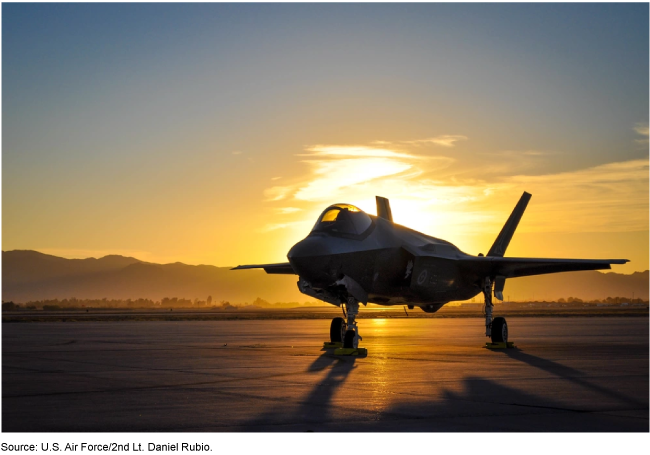Another article praising the AETP program. I know the F-35B probably couldn't take advantage of GE's new engine but the A versions could be significantly improved with 20% more thrust and 30% increased range. The ECU upgrade for the F135 offers minimal improvement (mainly cooling for the TR3/Block4). More importantly, GE and LM probably could adapt the F-35C to accept this engine. AETP the for USN would go a long away to addressing Carrier vulnerability by increasing the combat radius of the F-35C. Yes, this would be expensive, but it expands the industrial base not to mention losing a carrier at $14 billion plus is more costly than a dual upgrade AETP and ECU would be.
Should The Air Force Bring Back the Adaptive Engine Program for F-35? - Warrior Maven: Center for Military Modernization
IMO the cancellation of the AETP is one of the biggest mis-steps in US military procurement in decades.
Given that it can apply to both the F-35A, F-35C which makes up the vast majority of fighters in the US and allies air forces. The F-35 B has a different sort of mission, and still shares huge commonality with the F-35 even if it has a different and once common engine. There is really two needs here, the immediate, the ECU, and the future, the AETP.
Range is ultra critical in the Asia Pacific. China isn't Russia. US carriers are never going to be able to get close in a conflict situation and China has specifically built out their air force to have a range advantage in aircraft with things like the J-20, and other modern aircraft. But also their weapons like the pl-15..
Its a huge force multiplier to have more efficient engines, logistics are more effective, aircraft sorties can do more, tactically, aircraft can flight faster and fly more advantageous flight profiles giving more options for vectors and tactics.
Obviously all the lessons from WW2 have been forgotten. Didn't the zeros have something like a 1650+Nm range? Even out ranging allied bombers? Didn't this superior range made it much easier for Japan to push fighters out far out and remote airfields and then able to operate large patrols or sorties from those fields.







